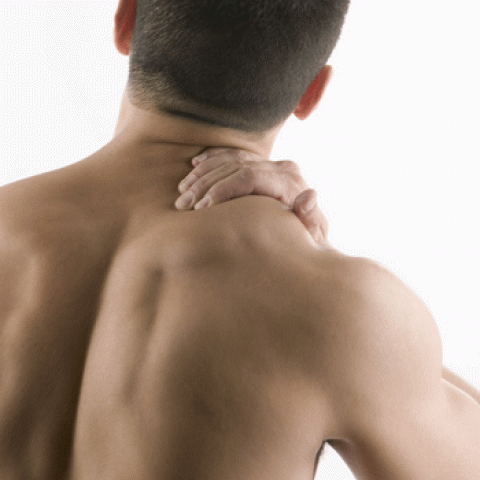
Do you suffer from sore, tense neck and shoulders, especially when you’re stressed? Do you have back pain that interferes with your day? Do you have a sport injury that throws you off your game and stops you performing your best? Do you come home from work, shopping or the gym with aches and pains?
If you answered yes to any of these questions, chances are a massage could help. But what is massage and how does it help?
Massage is work performed on the soft tissues of the body to aid circulation, lengthen muscles and to encourage relaxation.
Massage can have immediate and ongoing benefits for the body. An immediate benefit of massage is a feeling of relaxation and calm. This occurs because massage prompts the release of endorphins, which is the chemical in the brain that produces feelings of wellbeing. Massage also reduces the levels of stress hormones (such as adrenalin, cortisol and norepinephrine) in the body. This is important because high levels of stress hormones may impair the immune system.
Studies also show massage therapy can be an effective treatment for lower back pain, delayed onset muscle soreness (DOMS) experienced after exercise, anxiety, stress, neck and shoulder pain, and headaches.
The best way to determine if massage will be effective for you is to visit a massage therapist and see the difference it can make; how it makes you feel, change in your range of motion and mobility, and the way your body functions.
A professional massage therapist will discuss your health status and history, perform assessments of your posture and range of motion, and adapt the massage treatment to suit your particular needs.
After a massage, people generally report immediate pain relief, as well as feeling more relaxed. Getting a massage regularly allows more complex and longer term issues to be worked on such chronic pain and strained muscles caused by exercise, posture, repetitive movements, heavy lifting and injury.
Here are 10 reasons why a regular massage is an excellent investment in your health:
1. To relax and manage stress
2. To reduce tension and soften injured, tired, and overused muscles.
3. To increase your joint mobility and flexibility
4. To improve your circulation
5. To speed up your recovery from a soft tissue injury
6. To help you prepare for, and recover from, strenuous exercise
7. To support your immune system by stimulating lymph flow
8. To improve your skin tone
9. To fight depression and anxiety
10. To manage chronic pain and discomfort
What type of massage is right for you?
Ask your local massage therapist to develop a treatment plan that best meets your needs.
Relaxation Massage: A slow, gentle, rhythmic massage designed to reduce tension, promote calm and relaxation. Suitable for people experiencing stress and anxiety, headaches, sleeping problems or looking to pamper themselves after a hard week. A relaxation massage voucher makes a wonderful gift for yourself or someone special.
Remedial Massage: The use of a range of techniques to address musculoskeletal problems , such as issues with muscles and connective tissue. May involve deep tissue work, trigger points and stretching. Suitable for people with aches and pain, postural problems and to complement other treatments such as physiotherapy. A qualified Remedial Massage Therapist can determine your needs using postural assessments and range of motion tests, and design a treatment to address your specific pain, discomfort and musculoskeletal problems.
Sports Massage: The use of a range of techniques that aim to enhance athletic performance and help overworked muscles to recover quickly from strenuous exercise. Suitable for active people such as players and athletes, people who workout, runners, cyclists and gymnasts. You don’t have to be a world champ to get a sports massage, weekend warriors can benefit too.
Swedish Massage: A combination of techniques including gliding, kneading, and cross-fibre friction to break up muscle knots. Swedish massage strokes are always done in the same direction as the flow of blood returning to the heart to increase the oxygen flow in the blood and release toxins from the muscles. It can be slow and gentle, or vigorous, depending on the client’s needs.
